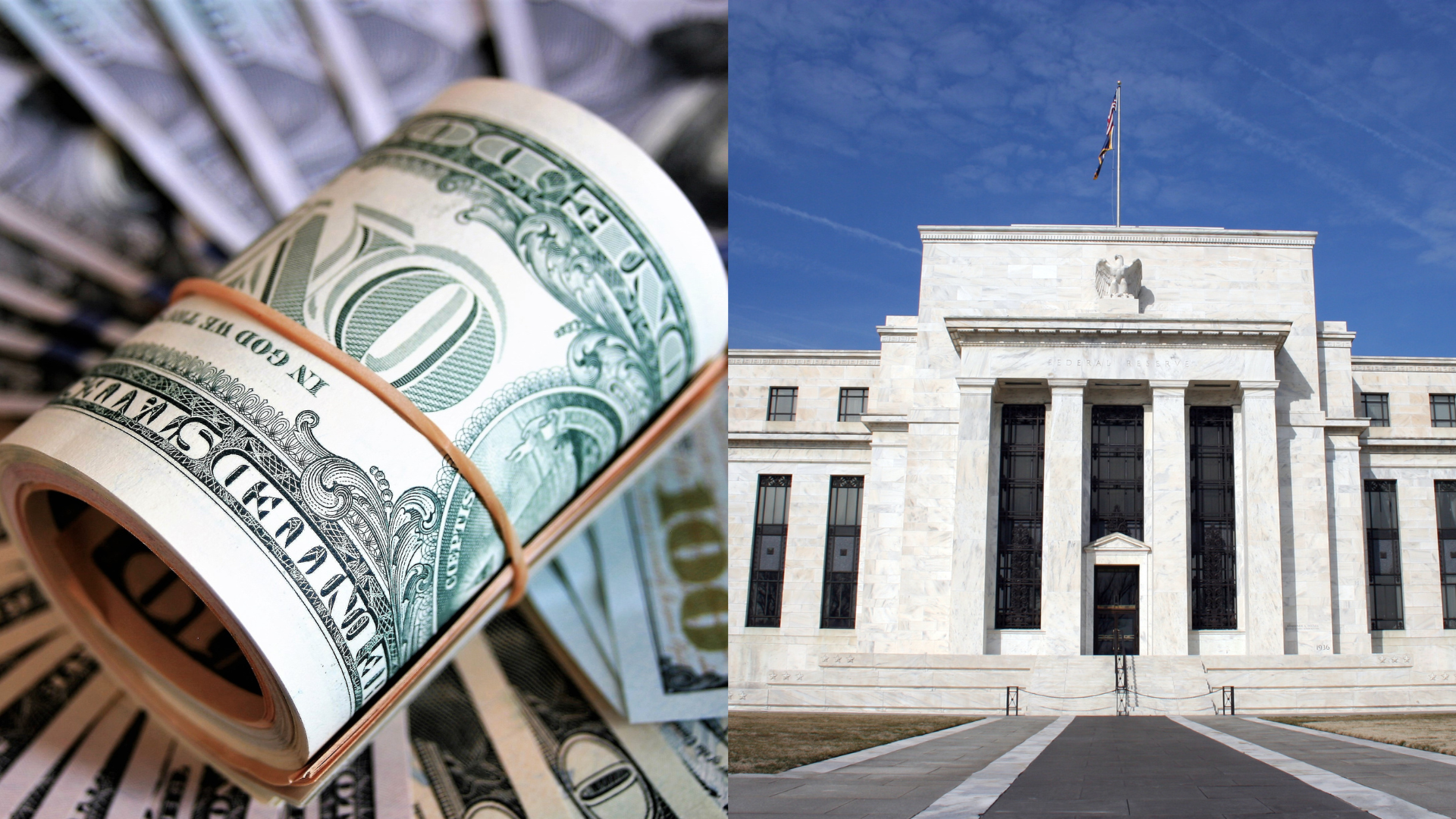
The U.S. dollar edged lower on Thursday as traders increased their bets on a significant rate cut by the Federal Reserve later this month, driven by growing concerns over the U.S. economy’s growth prospects. The Japanese yen emerged as a key beneficiary, gaining strength on safe-haven demand, while other major currencies saw modest movements.
The dollar’s decline comes after a week of disappointing U.S. economic data, which has fueled anxiety across global markets. Softer-than-expected job openings data for July and a continued contraction in the ISM manufacturing survey have raised fears that the U.S. economy might be slowing more sharply than previously thought. This has led to a shift in investor sentiment, with markets now pricing in a 44% chance of a 50-basis-point rate cut by the Fed, up from 38% just a week ago, according to the CME FedWatch tool.
“The markets are getting anxious,” said Hemant Mishr, Chief Investment Officer at S CUBE Capital in Singapore. “There was a time when the markets were just focusing on positive news. There’s a perceptible change; the market is now focusing on negative news and rationalizing a sell-off.”
The Japanese yen, traditionally seen as a safe-haven currency during times of market uncertainty, rose 0.26% to 143.56 per dollar, marking nearly a 2% gain for the week. The Swiss franc also held steady, reflecting its status as another safe-haven asset, though its weekly gains were more subdued.
Investors are increasingly focused on the health of the U.S. labor market, which the Federal Reserve has emphasized in its monetary policy decisions. Wednesday’s data showing U.S. job openings at a 3-1/2-year low has reinforced the belief that the labor market is losing momentum and is no longer a source of inflationary pressure. This sentiment is likely to be further tested by the upcoming nonfarm payrolls report on Friday, where expectations are for an addition of 160,000 jobs in August.
Market participants are now watching closely to see if the unemployment rate, forecasted to edge down slightly to 4.2%, might actually come in higher. “Our estimate for Friday is it’ll be at a 4.2 to 4.3% number. If it’s more than 4.5%, I think people will start expecting a 50bp cut,” Mishr added.
Elsewhere, the risk-off mood weighed on the Australian and New Zealand dollars, with the Aussie falling 0.15% to $0.67155 and the kiwi dropping 0.2% to $0.6186. Against a basket of currencies, the U.S. dollar fell marginally to 101.25, underscoring the market’s shift towards safer assets as uncertainty around the U.S. economic outlook grows.
As traders position themselves ahead of the Fed’s meeting, all eyes are now on the upcoming economic data, which will likely determine the next move in the currency markets.



